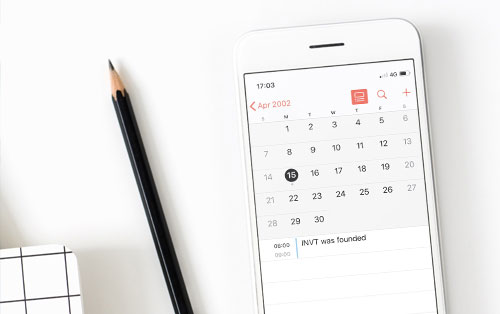HMIs such as keypads and touch screens are usually designed and equipped to variable frequency drives and other products during the development process for interactions between customers and products. Nowadays, there are various communication protocol interfaces for connecting and controlling, but the keypad is still the main one as it is convenient for daily maintenance, alarm processing, and parameter setting. It is very important to ensure that the keypad function well during its service life. With reference to national and industry standards, and taking into account the frequency of customer's operations, the required number of keystrokes in its service life can be estimated. Combined with actual operating specifications, the actual key service life test can be carried out to determine whether the selected materials meet the fatigue requirements.
Test method: Place the keypad or touch screen to be tested horizontally on the test device with the center line of the punch bar vertically aligned to the surface of the specimen (the deviation from the center of the electric key on the specimen should be less than 0.5mm). Keep the specimen in a live state during the test. Control the key service life machine to repeat hitting the key of the specimen by its pneumatic press head, and then releasing.
Test standard: EIA-364-13C-2006, EIA-364-09D-2018, GB/T 14081, GB/T 30091.
Test conditions: Common keypads have force points. You may have an obvious depression and relief feel after pressing the tested keypad to the force point. The force-stroke graph of the key shows an obvious peak force point. Based on the force value measured at this point, set the key press value, run time and key frequency of the key service life machine. Suspend the test for a certain number of times in order to check its electrical and mechanical properties. For membrane keypads without force points, the standard press values are used as reference.

Test equipment: Key service life testing machine, used to detect the fatigue life of various keypad keys, touch screens and commonly used switches, has functions such as automatic memory of times, power-off memory, and accumulation of service life times.

Product improvement:
As the basis for the acceptance of keys: to determine whether the keys meet the requirements of the enterprise's internal standards, and to prevent suppliers from making an overstatement.















 Facebook
Facebook
 Twitter
Twitter
 Google+
Google+
 LinkedIn
LinkedIn
 Prev
Prev








